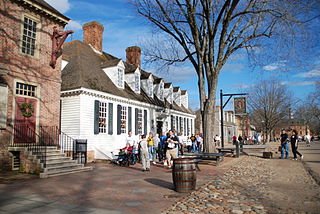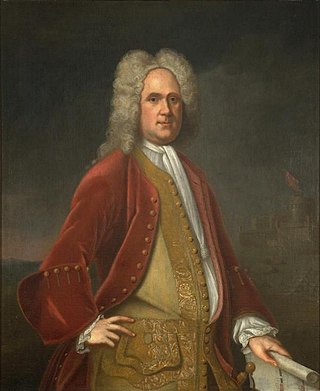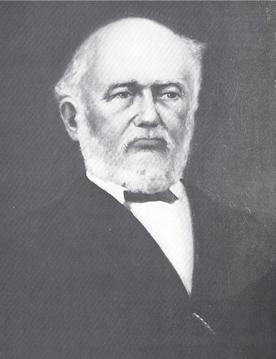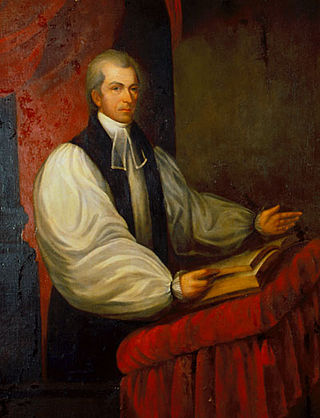
Williamsburg is an independent city in Virginia, United States. As of the 2020 census, it had a population of 15,425. Located on the Virginia Peninsula, Williamsburg is in the northern part of the Hampton Roads metropolitan area. It is bordered by James City County on the west and south and York County on the east.

James City County is a county located in the Commonwealth of Virginia. As of the 2020 census, the population was 78,254. Although politically separate from the county, the county seat is the adjacent independent city of Williamsburg.

The College of William & Mary in Virginia, is a public research university in Williamsburg, Virginia. Founded in 1693 under a royal charter issued by King William III and Queen Mary II, it is the second-oldest institution of higher education in the United States and the ninth-oldest in the English-speaking world. It is classified among "R2: Doctoral Universities – High Research Activity". In his 1985 book Public Ivies: A Guide to America's Best Public Undergraduate Colleges and Universities, Richard Moll included William & Mary as one of the original eight "Public Ivies". The university is also one of the original nine colonial colleges.

Colonial Williamsburg is a living-history museum and private foundation presenting a part of the historic district in the city of Williamsburg, Virginia. Its 301-acre (122 ha) historic area includes several hundred restored or recreated buildings from the 18th century, when the city was the capital of the Colony of Virginia; 17th-century, 19th-century, and Colonial Revival structures; and more recent reconstructions. The historic area includes three main thoroughfares and their connecting side streets that attempt to suggest the atmosphere and the circumstances of 18th-century Americans. Costumed employees work and dress as people did in the era, sometimes using colonial grammar and diction.

Alexander Spotswood was a British Army officer, explorer and lieutenant governor of Colonial Virginia; he is regarded as one of the most significant historical figures in British North American colonial history.

Benjamin Stoddert Ewell was a United States and Confederate army officer, civil engineer, and educator from James City County, Virginia. He graduated from the U.S. Military Academy at West Point, New York in 1832 and served as an officer and educator.

Middle Plantation in the Virginia Colony was the unincorporated town established in 1632 that became Williamsburg in 1699. It was located on high ground about halfway across the Virginia Peninsula between the James River and York River. Middle Plantation represented the first major inland settlement for the colony. It was established by an Act of Assembly to provide a link between Jamestown and Chiskiack, a settlement located across the Peninsula on the York River.

Bruton Parish Church is located in the restored area of Colonial Williamsburg in Williamsburg, Virginia, United States. It was established in 1674 by the consolidation of two previous parishes in the Virginia Colony, and remains an active Episcopal parish. The building, constructed 1711–15, was designated a National Historic Landmark in 1970 as a well-preserved early example of colonial religious architecture.

The Wren Building is the oldest building on the campus of the College of William & Mary in Williamsburg, Virginia. Along with the Brafferton and President's House, these buildings form the College's "Ancient Campus." With a construction history dating to 1695, it is the oldest academic building still standing in the United States and among the oldest buildings in Virginia. It was designated a National Historic Landmark in 1960.

The Governor's Palace in Williamsburg, Virginia, was the official residence of the royal governors of the Colony of Virginia. It was also a home for two of Virginia's post-colonial governors, Patrick Henry and Thomas Jefferson, until the capital was moved to Richmond in 1780, and with it the governor's residence. The main house burned down in 1781, though the outbuildings survived for some time after.

James Blair was a Scottish-born clergyman in the Church of England. He was also a missionary and an educator, best known as the founder of the College of William & Mary in Williamsburg, Virginia.

The Capitol at Williamsburg, Virginia housed both Houses of the Virginia General Assembly, the Council of State and the House of Burgesses of the Colony of Virginia from 1705, when the capital was relocated there from Jamestown, until 1780, when the capital was relocated to Richmond. Two capitol buildings served the colony on the same site: the first from 1705 until its destruction by fire in 1747; the second from 1753 to 1780.

The Native American tribes in Virginia are the Indigenous peoples whose tribal nations historically or currently are based in the Commonwealth of Virginia in the United States of America.

James Madison was the first bishop of the Diocese of Virginia of The Episcopal Church in the United States, one of the first bishops to be consecrated to the new church after the American Revolution. He also served as the eighth president of the College of William and Mary. In 1780, Madison was elected to the American Philosophical Society.

The history of Williamsburg, Virginia dates to the 17th Century. First named Middle Plantation, it changed its name to Williamsburg in 1699.

The history of the College of William & Mary can be traced back to a 1693 royal charter establishing "a perpetual College of Divinity, Philosophy, Languages, and the good arts and sciences" in the British Colony of Virginia. It fulfilled an early colonial vision dating back to 1618 to construct a university level program modeled after Cambridge and Oxford at Henricus. A plaque on the Wren Building, the college's first structure, ascribes the institution's origin to "the college proposed at Henrico." It was named for the reigning joint monarchs of Great Britain, King William III and Queen Mary II. The selection of the new college's location on high ground at the center ridge of the Virginia Peninsula at the tiny community of Middle Plantation is credited to its first President, Reverend Dr. James Blair, who was also the Commissary of the Bishop of London in Virginia. A few years later, the favorable location and resources of the new school helped Dr. Blair and a committee of 5 students influence the House of Burgesses and Governor Francis Nicholson to move the capital there from Jamestown. The following year, 1699, the town was renamed Williamsburg.

The Williamsburg Bray School was a school for free and enslaved Black children founded in 1760 in Williamsburg, Virginia. Opened at Benjamin Franklin's suggestion in 1760, the school educated potentially hundreds of students until its closure in 1774. The house it first occupied is believed to be the "oldest extant building in the United States dedicated to the education of Black children".

The President's House is the residence of the President of the College of William and Mary in Virginia in Williamsburg, Virginia. Constructed in 1732, the building still serves its original purpose and is among the oldest buildings in Virginia. Since its construction only one of the college's presidents, Robert Saunders Jr., has not moved into the building, which is let for free to the president. The President's House is William & Mary's third-oldest building and the oldest official college presidential residence in the United States.

The Bodleian Plate is a copperplate depicting several colonial buildings of 18th-century Williamsburg, Virginia, as well as several types of native flora, fauna, and American Indians. Following its 1929 rediscovery in the archives of the Bodleian Library, it was used extensively in John D. Rockefeller Jr.'s reconstruction of Colonial Williamsburg. The plate has been tied to Williamsburg resident William Byrd II and may have been produced by English illustrator Eleazar Albin and engraver John Carwitham. It is dated to the 1730s.

The College of William & Mary has maintained a campus in what is now Williamsburg, Virginia, since 1693. The cornerstone of the Wren Building, then known as the College Building and the oldest surviving academic building in the United States, was laid in 1695. The college's 18th-century campus includes the College Building, the President's House, and Brafferton–all of which were constructed using slave labor. These buildings were altered and damaged during the succeeding centuries before receiving significant restorations by the Colonial Williamsburg program during the 1920s and 1930s.




















